Traditional costume of Japan
In the early days, Kimono costumes with long sleeved shirt and long sleeves touching the ground, a variety of delicate, coordinated long-sleeved dresses often appeared in the solemn ceremonies of the elite. Until the Kamamura Period (1192-1333) and Muromachi (1338-1573) - the period of the Japanese Warriors, the kimono was introduced into the casual wear and kimono. Become popular in the daily life of the Japanese people. Kimonos for men and women have distinct differences and men's kimonos are sewn in more tunics inside. The samurai also created a separate Kimono outfit in the ring called Hakama, with folds that symbolized samurai spirit. 5 folds ahead, and 2 folds behind, each fold has its own meaning: "Yuki" - courage; "Jin" - the heart of love; "Gi" - justice, integrity; "Rei" - polite, polite; "Makoto" - sincerity; "Chugi" - dedication, "Meiyo" - dignity and reputation.
In the Edo period (1603-1868), along with the birth of the Obi belt, Kimono made a big change. The Obi belt not only helps to create a neat, but also a decorative effect, a very high aesthetics, honoring the look of the costume as well as the wearer. To create a belt Obi is also as sophisticated as sewing a kimono. And Obi's belts have become an indispensable part of the Kimono, along with other accessories such as the Koshi-himo, the Date-jime, the Obijime, the Chocho. Wooden clogs ... There are over 300 different types of obi, but there are two most popular types: the "Taiko" type is like the horizontal cylinder of the drum, the most traditional style used by married women. , And the "Fukura suzume" style is similar to the sparrow used for unmarried women. Obi men can be divided into two types: Kaku and Heko. Kaku Obi is made from a hard, 9 cm wide cotton fabric. Heko Obi is made from softer materials, and often uses dyed silk fabrics.
Types of Japanese kimono
The colors of the traditional Japanese kimono are often denoted for the seasons of the year, and each class of society has its own kimono. Kimono for women often have floral motifs, leaves and other natural symbols, reflecting the love of nature in Japan. Depending on the age of the wearer, the color is very strict, the colors are bright, especially red, for children and young women. For ordinary people, when wearing kimono on holidays, they must wear a small piece of cloth decorated with their own family seal in the sleeve.
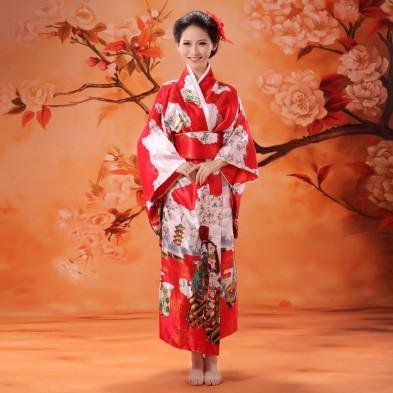
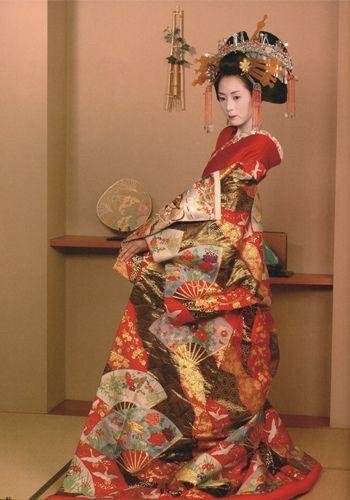
![image]
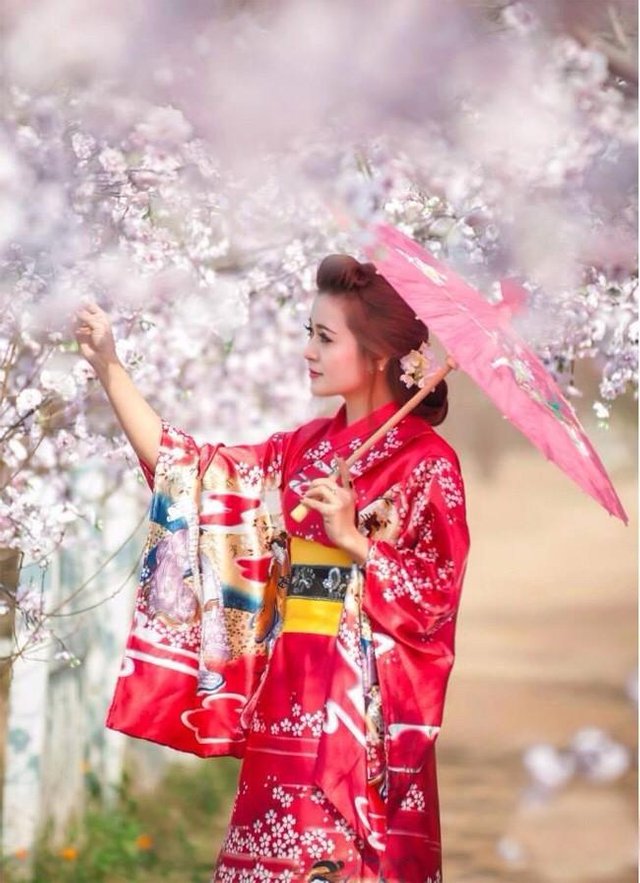
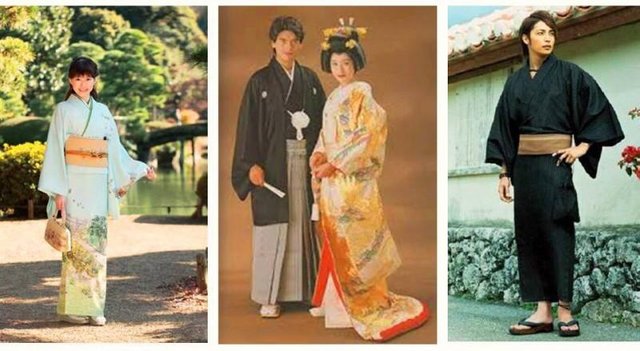
(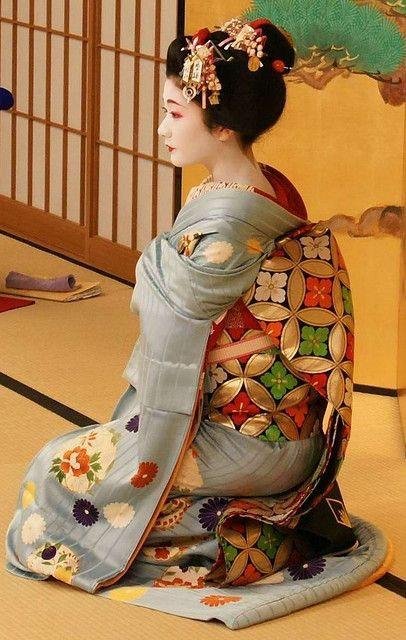 )
)
Such an interesting read and beautiful images. Thank you for sharing.
I so hope you wrote this and didn't copy it from anywhere? This article is exactly the type of work we need on Steemit. Informative, well laid out and enjoyable hence the reason I've upvoted and resteemed your post. :-)
All my articles are collected by me from many articles, in addition to my feelings and understanding. Thank you everyone for reading !